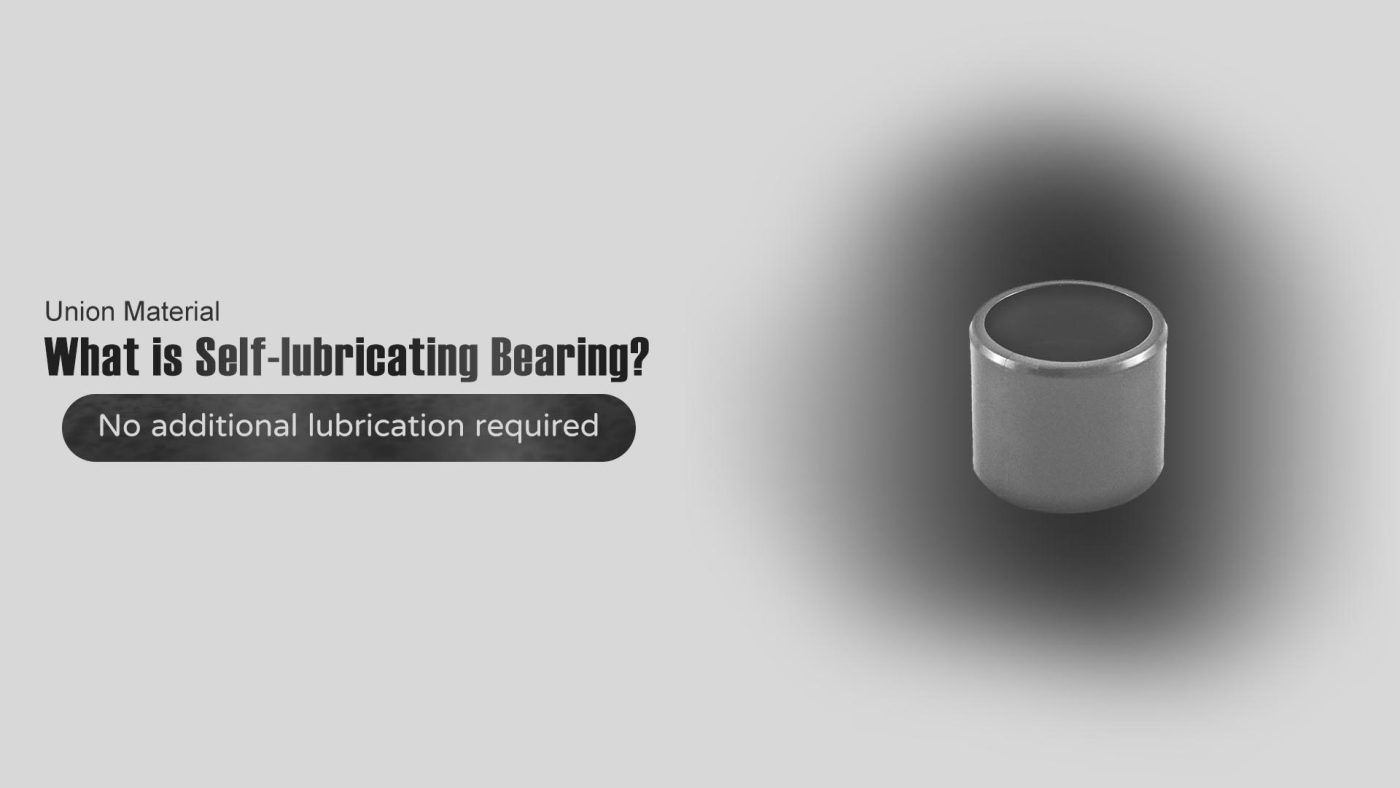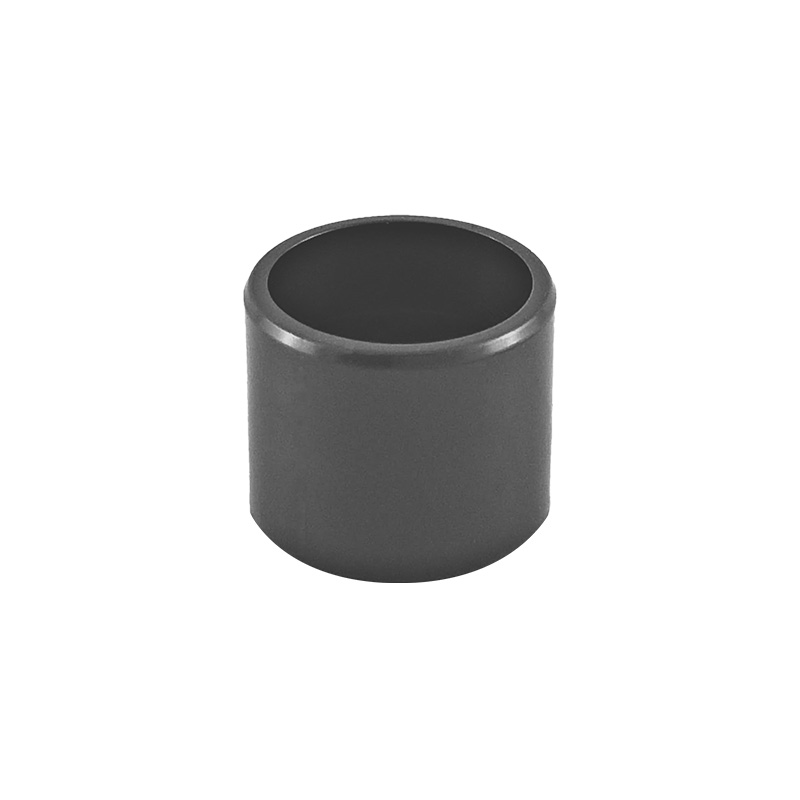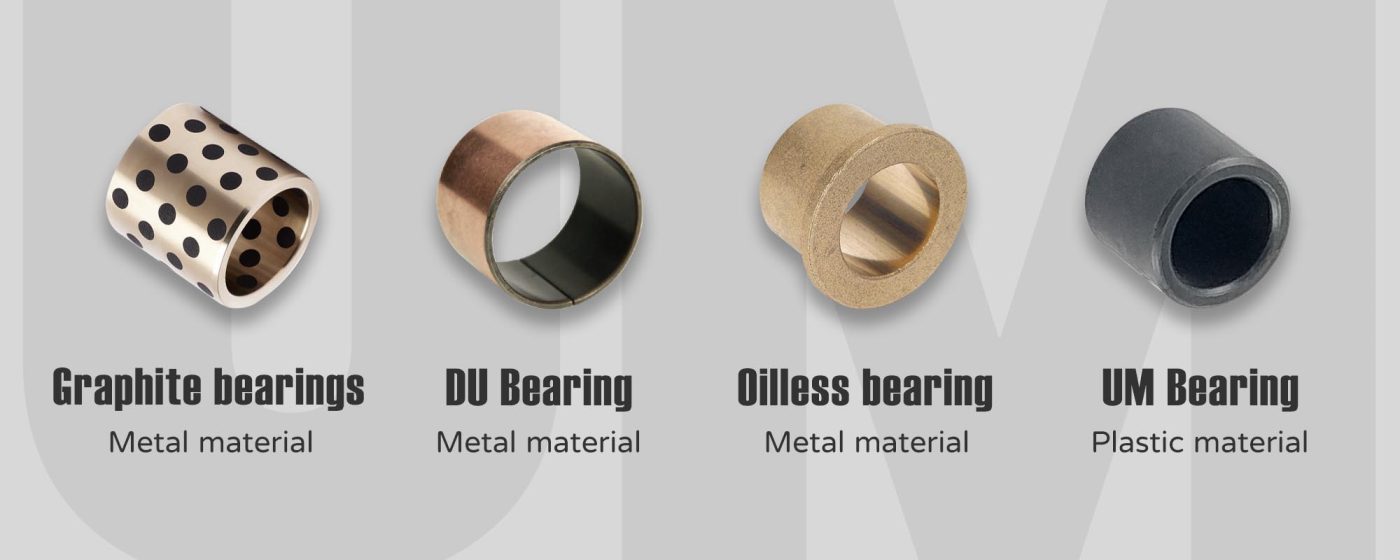Knowledge
What is Self-Lubricating Bearing?

What is Self-Lubricating Bearing?
Self-lubricating bearings, with their unique advantages and wide range of applications, are gradually changing people’s views on traditional metal bearings and ball bearings. This article will explore the characteristics and advantages of self-lubricating bearings and their diverse applications in different industries. For the time being, please understand that the self-lubricating bearings referred to in this article are a type of plastic bearings. Read on for further explanation.
Bearing Description
In short, the main function of bearings is to reduce friction, support rotational motion, and make mechanical devices run more smoothly and efficiently. If you don’t know enough about the function of bearings, please click this link to read the article to learn more about the word “bearing”. Then, the next step is to discuss the word “self-lubricating”.

Noun Explanation
As the name implies, parts made from this self-lubricating material don’t need any additional lubricants, as the material itself provides the self-lubricating effect.
Other phrases
In addition to Self-Lubricating bearing, there are other synonyms that have the same purpose, such as:
1. Oilless bearing
Oilless Refers to less oil, no oil, so it is an oil-free bearing or an oil-free bearing, also known as a self-lubricating bearing.
2. DU bearing
It is the name of the product specification of GGB company. Now it has evolved into a word of mouth that DU refers to self-lubricating bearings, but some people interpret it this way, DU stands for Dry Unlubricated. Dry means dry. Unlubricated means no oiling. So it is a dry bearing or a lubrication-free bearing, also known as a self-lubricating bearing.
Simple distinction between self-lubricating bearings
The types of self-lubricating bearings are divided into the following categories:
- There are dozens of round holes in the inner and outer layers of the bearing, and the holes are filled with lubricants, such as “graphite” bearings. [Metal material]
- The bearing contact surface is coated with a layer of lubricant, such as the “DU” bearing. [Metal material]
- The material itself has the characteristics of tiny pores, such as “powder metallurgy” immersed in oil, and the pores are filled with lubricating oil through negative pressure vacuum. [Metal material] as shown in Figure 1.
- The body is a composite lubricating material, and our UM bearings are all of this type. [Plastic Material]

Characteristic
First of all, these bearings are made of polymer composite materials, which usually have excellent wear and corrosion resistance. In addition, under certain pressure, they release lubricating oil particles to achieve self-lubricating capabilities. You may not be able to observe any difference in normal times, but the most obvious way is to touch the surface when machining and turning its parts, and you will feel its lubricity.

Advantage
- Lightweight: Self-lubricating bearings are much lighter than metal bearings, which helps reduce the weight of the overall equipment and improve energy efficiency.
- Corrosion resistance: Self-lubricating materials have excellent resistance to chemicals and moisture, and are very suitable for use in corrosive environments.
- Low friction coefficient: Self-lubricating bearings have a low friction coefficient, which helps reduce energy consumption during operation and extend equipment life.
- No lubrication required: The self-lubricating bearing design does not require additional lubrication, which not only reduces maintenance costs, but also reduces the negative impact of adding additional lubricants on the environment.
- Low-noise operation: Self-lubricating bearings produce less noise during operation, making them ideal for applications that require a quiet environment.

Applications
Self-lubricating bearings are widely used in various industrial equipment and machinery, such as:
Bicycles: Self-lubricating bearings are used in the sports industry or as a means of transportation for bicycles. As they are widely popularized among the public, they have become one of the essential parts for bicycles that emphasize light weight in design.
Automotive industry: In the seat adjustment system, wiper and air conditioning system of the car, self-lubricating bearings are favored because of their light weight and corrosion resistance.
Medical equipment: Self-lubricating bearings are widely used in medical equipment, especially their corrosion resistance and lack of lubrication make them particularly suitable in sterile environments.
Food processing: Self-lubricating bearings are the top choice for food processing equipment due to their corrosion resistance and elimination of the need for lubrication, which helps prevent potential contamination of food by lubricating oil.
Home appliances: In home appliances such as washing machines, refrigerators and vacuum cleaners, the low noise and lubrication-free characteristics of self-lubricating bearings not only extend the product life, but also enhance the consumer experience.
What is the difference between plastic and self-lubricating?
First of all, plastic bearings are a general term, while self-lubricating bearings are a term that distinguishes them, so it can be said that self-lubricating bearings are plastic bearings. Therefore, when they are divided into a category, there are some differences between the two. Self-lubricating bearings emphasize that no additional lubricants are needed because they already have the ability to self-lubricate, and their lifespan is longer.
In terms of plastic bearings, it only shows the characteristics of plastic material, which does not mean that it has a lubricating effect. However, the advantages it has are also possessed by self-lubricating bearings.
With its unique advantages and wide applications, self-lubricating bearings have emerged in modern industry and become a force that cannot be ignored. With the continuous development of technology, we can foresee that the performance of plastic bearings will be further improved and its application range will be further expanded. In the future, self-lubricating bearings will play an important role in more fields and bring more convenience and benefits to our daily life.
What is Self-Lubricating Bearing?



